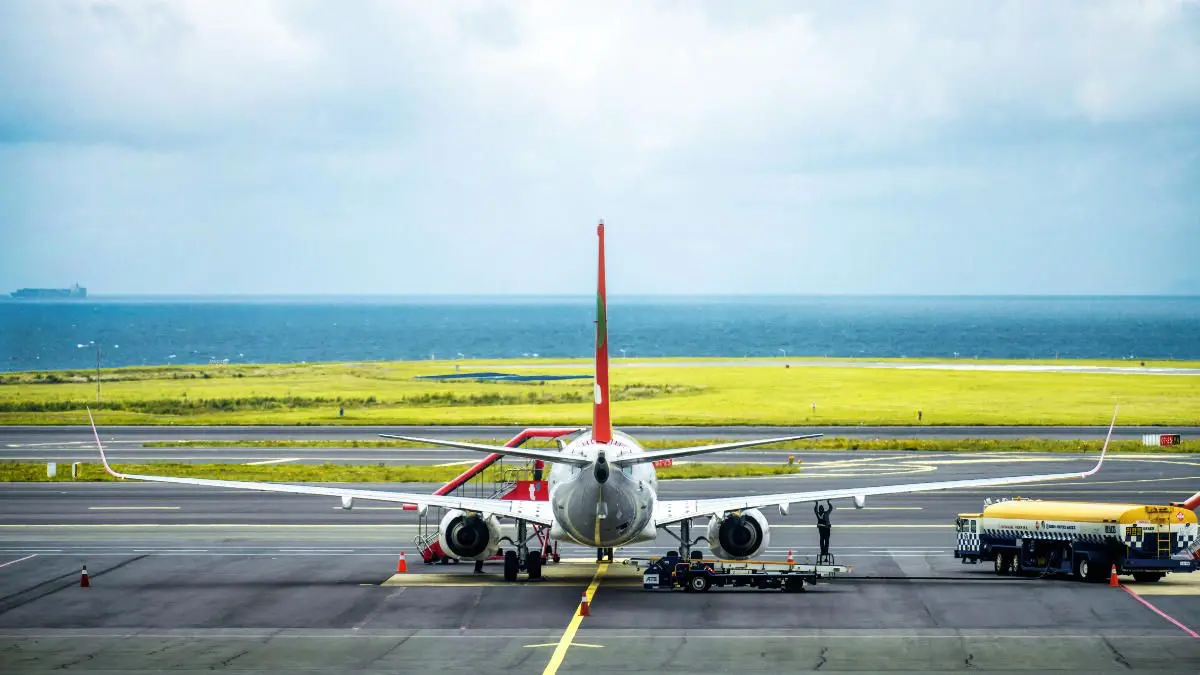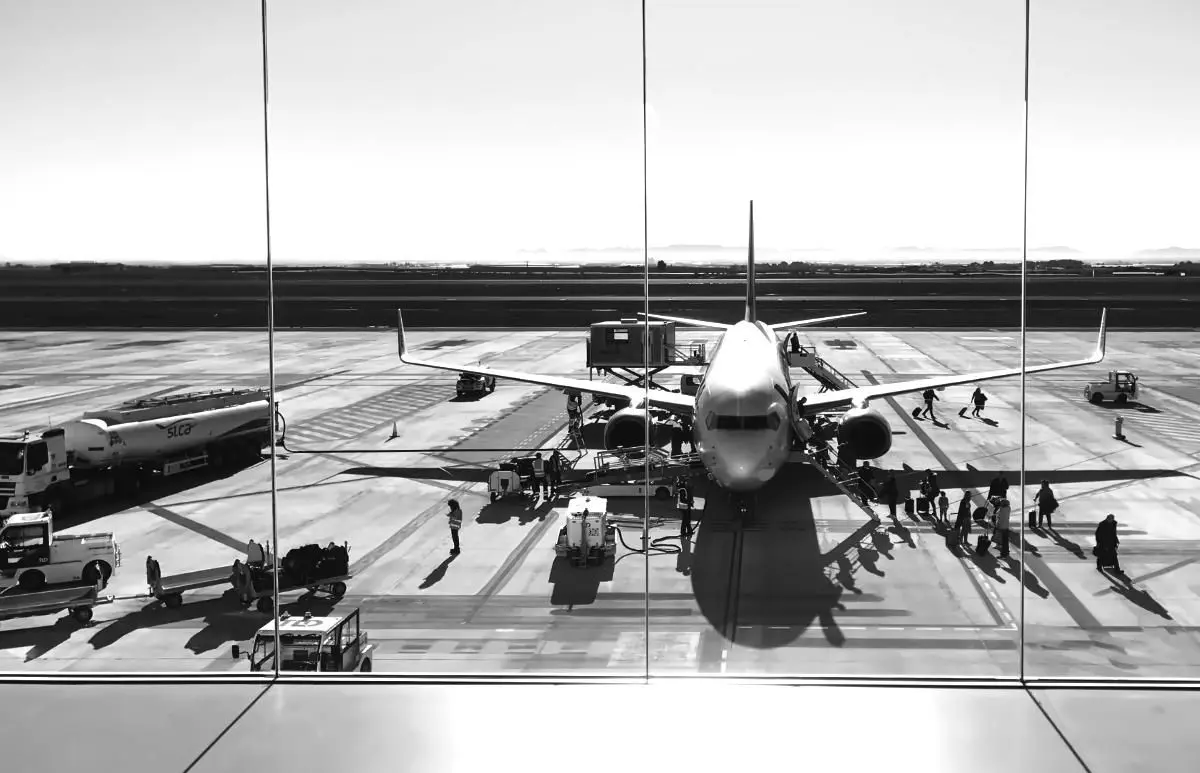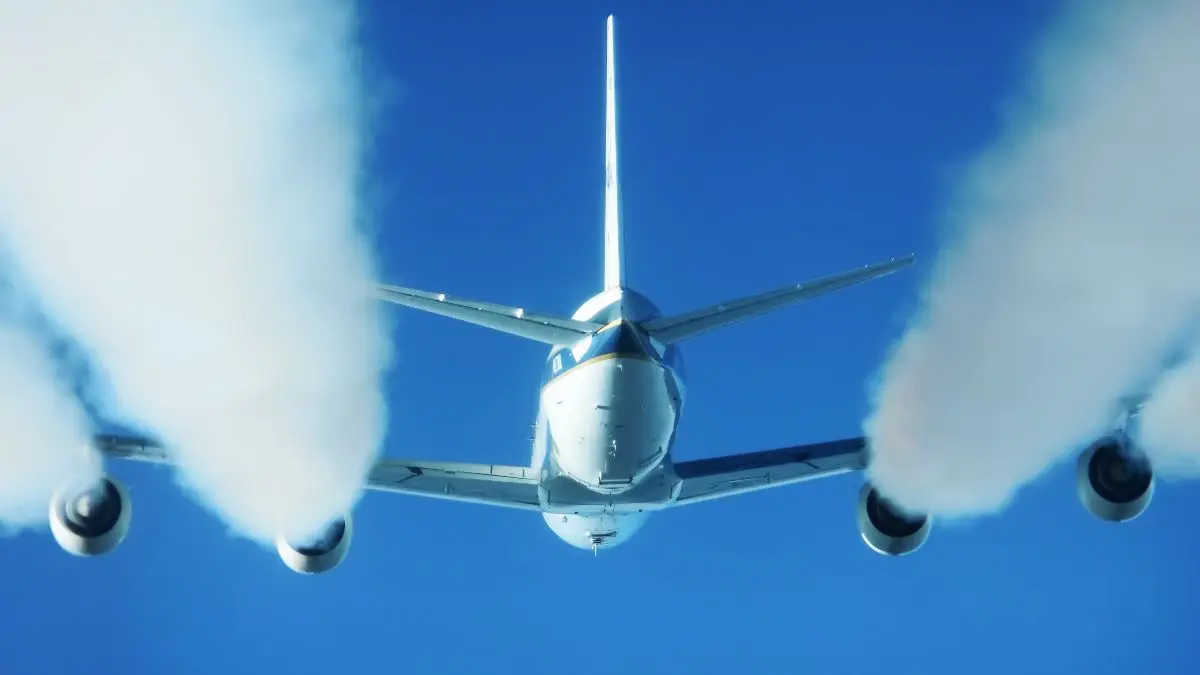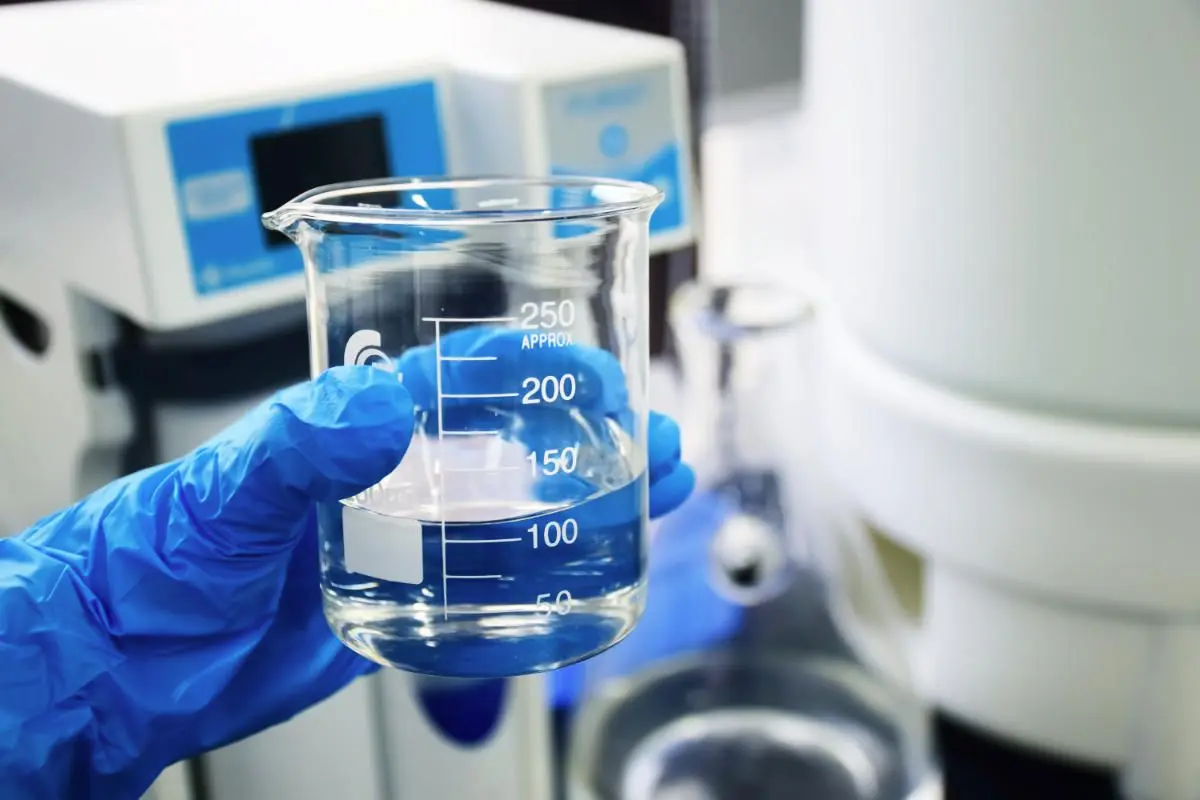
What Are the Alternatives to Jet Fuel?
Other more sustainable fuel options can be used by aircraft.
Table of Contents
Conventional jet fuel comes from fossil crude oil. Despite improving airplane fuel efficiency, increasing air travel volume means more emissions.
Carbon dioxide is the most significant contributor to global warming. The aviation industry should reduce its emissions. That raises the question: What are the alternatives to jet fuel?
Airlines have a few options. However, they come with their own problems.
What Is Jet Fuel?
Fuel producers make conventional jet fuel from kerosene and mix in additives.
Kerosene is the combustible part of jet fuel. Kerosene comes from crude oil and is a colorless, flammable liquid consisting of hydrocarbons.
Additives help protect the aircraft's engines and fuel systems and extend the life of the aircraft. Some additives even enhance flight safety. However, the types of additives vary depending on their use on civilian or military aircraft.

The two most common fuel types for civilian jets are Jet A and Jet A-1. Another version called Jet-B is also available but much less common. Aircraft only uses Jet B for very low temperatures.
There is no exact composition of jet fuel. It varies depending on the crude oil source. Instead, we define jet fuel by its performance from a set of characteristics.
Kerosene is ideal for jet fuel because it burns very clean and almost without any residue leftovers. The only by-products are water and carbon dioxide.
But that is where the trouble starts.
The Problem With Conventional Jet Fuel
Jet fuel is a fossil fuel. Aircraft engines produce gasses and particles by burning jet fuel. Like other fossil fuels, it emits carbon dioxide and nitrogen oxides.
Carbon dioxide (CO2) is the most significant contribution to global warming. The CO2 emissions from aviation raise concerns over the global environmental impact of the aviation industry. Countries worldwide recognize these global issues, and the numbers speak for themselves.
In 2018 the commercial operations of the aviation industry accounted for 2,4% of all global CO2 emissions. That equals 918 million tons of CO2. Of that, 747 million tons came from passenger transport.

However, jet airliners have become more fuel-efficient, reducing their emissions. Between 1967 and 2007, jet airliners became 70% more fuel-efficient. That means less fuel consumption and fewer emissions per mile flown.
Driving the improved fuel efficiency has been technological advancements. In particular, improvements in the aircraft's engine and airframe have significantly lowered emissions. Better route planning has also played a significant role.
But despite the increases in fuel efficiency, overall emissions have risen as air travel activity has increased. By 2020 overall emissions from the aviation industry were 70% higher than in 2005. And those numbers could grow. By 2050 it could rise by a further 300%, according to ICAO (International Civil Aviation Organization), if we don't intervene.
Airlines have a strong incentive to lower their fuel consumption. Not only does it reduce the environmental footprint of the aircraft, but it also cuts expenses. Fuel is by far the largest of the airlines' costs.
What Are the Alternatives to Jet Fuel?
Fortunately, there are already jet fuel alternatives that can help reduce emissions. Airlines already use SAF's (Sustainable Aviation Fuels) and blend them with conventional jet fuel.
These fuels require little to no changes on the aircraft and provide the same performance and safety as conventional jet fuel.
We classify the alternatives to jet fuel into two main groups. The ones based on biological materials and the synthetically produced.
Biofuels
The IATA (International Air Transport Association) considers alternative jet fuel made from biological materials a key element in reducing CO2 emissions from the aviation industry.
Biofuels can decarbonize air travel for both passenger transport and cargo. Moreover, biofuels can extend the life of older aircraft by lowering their carbon dioxide emissions.
Biofuels comes from biomass derived from plants or waste. These fuels can lower aircraft emissions by up to 98% compared to conventional kerosene-based jet fuel, depending on the biomass source.

Producers can use various sources like waste oils from plants and animals, solid waste like paper, textiles, and food scraps, forestry waste, fast-growing plants, and algae. Production processes can involve waste fermentation or pyrolysis, where high temperatures decompose the material.
One key advantage of biofuels is that the materials do not compete with food crops, agricultural land, natural forests, or freshwater sources. That means producers do not need to take resources from food production or forests to make biofuels.
However, producing biofuels is more expensive than conventional jet fuel, and flying on 100% biofuel is still impossible. A maximum blending ratio of 50% biofuel and 50% kerosene jet fuel is currently allowed under aviation specifications. Further safety evaluations and new specifications are required to improve the blending ratio. That would pave the way for more biofuels in the aircraft's fuel tanks.
Synthetic Fuels
Crude oil and kerosene used for conventional jet fuel are hydrocarbon molecules.
Usually, these hydrocarbons come from fossil crude oil found underground. But they can also be made synthetically using a chemical reaction between hydrogen from water and carbon dioxide from the atmosphere. That allows for synthetically produced alternatives to jet fuel. And the process shows good potential for being scaled up.

However, producers need to use clean energy to produce synthetic fuels. Otherwise, the production will reduce their advantages.
One significant advantage is that the process removes carbon dioxide from the atmosphere. However, synthetic fuels are costly and require much energy to produce. Further technological advancements and economies of scale could lower the cost of synthetic fuels. But it will most likely never be as cheap as conventional kerosene jet fuel.
Currently, synthetic fuels cost about three times as much as kerosene. Therefore it has limited scope for use in the future as a reliable alternative to jet fuel.
Can Sustainable Aviation Fuels Decarbonize Aviation?
Aviation is a relatively small contributor to global carbon emissions compared to other sectors. But it is one of the fastest growing.
Airlines already use sustainable aviation fuels. In 2019 the aviation industry used 13 million gallons (50 million liters) of SAF's. That might sound good, but there is a problem.
It was only 0,01% of the global aviation fuel used that year.
The reason is high cost and the limited supply of sustainable alternatives to jet fuel. They are expensive to manufacture, and airplanes are not the only vehicles to demand greener fuels. Cars, trucks, and ships also need it.
All these issues could be a problem for climate change mitigation. If airlines face high costs and limited supply, they might change to lower quality or food-based biofuels. Both are linked to deforestation.
The production of greener alternatives to jet fuel remains inadequate. The problem is a lack of time, investments, and technology. Political support could also use a boost.

The overall mission still stands, though. The aviation industry needs to move away from fossil fuels to cut carbon emissions — a fundamental goal of the Paris Agreement.
But because of the problems with the current alternative fuels, the industry must explore other means too. Increasing aircraft fuel efficiency is one way to go. Better route planning is another. But as mentioned, these improvements are offset by increasing air travel volume. Research is ongoing, though, and Airbus has committed to developing a hydrogen-powered aircraft by 2035.
Essentially, though, there are limited options to reduce aviation emissions right now. Stronger political support could help by creating incentives for airlines to cut emissions. Or reduce demand for air travel.
Conclusion
Conventional jet fuel is a fossil fuel, and jet engines produce carbon dioxide from it. That is a problem, as carbon dioxide is the most significant contribution to global warming.
Aircraft have become more efficient, but it is not enough to cut emissions. In 2018 the aviation industry accounted for 2,4% of global emissions. By 2050 carbon emissions from aviation could increase further by 300% if we do nothing.
Fortunately, there are sustainable alternatives to jet fuel. These are biofuels and synthetic fuels. However, both are expensive to produce, and the supply is limited. Therefore, the volume is low. In 2019 only 0,01% of the global aviation fuel usage was sustainable.
It will take more to move aviation away from fossil fuels. Time, investments, new technology, and stronger political support would go together with alternatives to jet fuel to reduce emissions.
Read more about the types of jet fuel and how it's made.
Planenerd Newsletter
Join the newsletter to receive the latest updates in your inbox.






